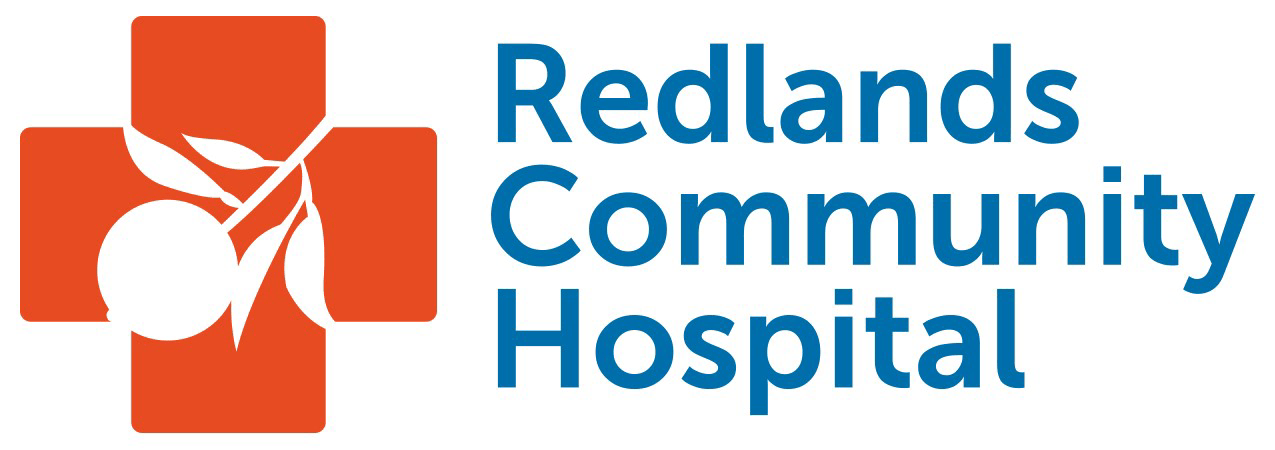Mammography Issue Still Causing Confusion
- Category: Press Room
- Posted On:
- Written By: Jim Wallman M.D.
During October’s Breast Cancer Awareness Month, the issue of mammography for women is again top of mind. Many recent announcements and studies about new mammography screening guidelines has generated considerable confusion about the role of mammography and could reverse years of education and behavior modifications about breast cancer screenings. Confusion abounds.
Many of our patients ask me about them. “Should I or should I not” is a pretty much a staple question doctors like myself and my colleagues get very day, day in and day out. I suspect physicians around the country get the same comment from their women patients as well.
Until 1990, the breast cancer death rate in the U.S. had remained unchanged for 50 years. With the introduction of screening mammography, there was an abrupt and sustained decrease in the breast cancer death rate by 30% over the past 20 years.
The US Task Force on Breast Cancer recommends against routine screening mammography for women ages 40-49. However, there is significant scientific evidence that women in their 40s can expect an equivalent decrease in breast cancer mortality due to screening mammography as compared to women 50 and older.
The incidence of breast cancer rises steadily with age, but there is no dramatic increase at age 50. The probability of being diagnosed with breast cancer among women in their 40s is 1.44% as compared to 2.63% among women in their 50s. Moreover, it has been estimated that 40% of the years of life saved by screening can be attributed to women diagnosed under the age of 50.
The Task Force only advises those women in their 40s who are at high risk to undergo screening. However, it should be emphasized that only 10-25% of breast cancers occur in women at high risk. The majority of breast cancers arise in women with no special risk factors.
Yearly screening may be especially important for younger women because they tend to have faster growing cancers. Lengthening the screening interval to 2 years will reduce the survival benefit for all women and ultimately contribute to more treatment related side effects because more cancers will be diagnosed at a later stage.
Physical exam, whether practiced by a woman herself or her doctor, will always be key to any breast imaging technique. Women should remember to bring any changes to their doctor’s attention. We can each recall personal instances where a woman’s own self exam led her to a doctor for follow up, sometimes with life-saving outcomes.
The new guidelines are just that, guidelines. The best bet is to talk to your own doctor about your risk factors and make a decision together about your breast health; it may save your life.
(Dr. Jim Wallman is a radiologist at Redlands Community Hospital)
